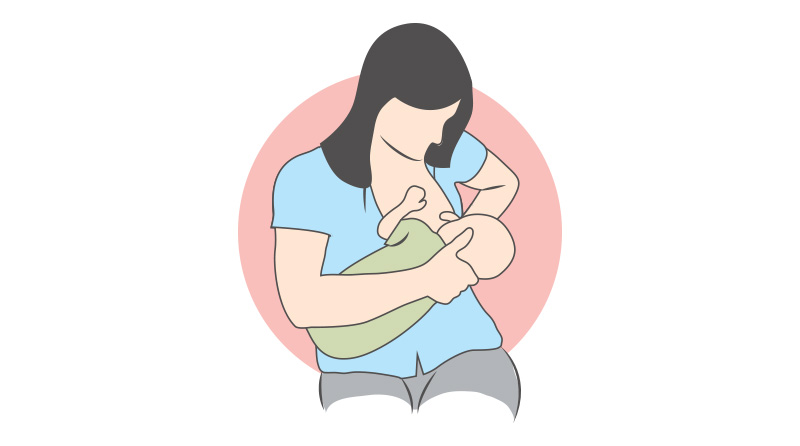Congratulations! Your bundle of joy has finally arrived in this world. This a wonderful moment for you and your family and marks the beginning of motherhood.
During your stay at the hospital, you and your baby will receive all the medical attention. But soon, the time comes when you have to leave the care of medical professionals and take your baby home.
You will need all the necessary help to take care of your new-born. Here are some things to keep in mind while you write a new chapter in your life.

The First Step: Take it Easy
Realise that you are not the first parent to go through this. You are now responsible for a new life, and this will be without the help of any instruction manuals. This may seem challenging at first. But, as time passes by, you will get used to this. The important thing is to not give in to panic every time you face something new.
It is absolutely fine to be scared at first. You will learn a lot about your baby. You will be surprised how naturally you adjust to the new role of a mother. The mantra to follow is− Take it easy!

Start with the Basics
New-born babies have an under-developed immune system. Their body’s defence mechanism is still in the process of maturation. That is why you have to look for signs of infection in the initial weeks.
An effective way to eliminate the chances of infection is to create a safe and clean environment. Begin by thoroughly cleaning your room and changing the sheets. You can have the room sanitized to get rid of invisible pathogens. These may pose a risk to the fragile defence system of the new-born.
Similarly, ensure that the room is dust-free before you bring the baby home. Microscopic particles of dust, pollen, mould etc. can get into the baby’s airways, leading to health complications.
Keep several pairs of baby clothes, diapers, clean towels, napkins and warm clothing at hand. In the next few weeks, you will need all of these. It best to keep them at a hand’s reach as you don’t want to leave the baby unattended for longer periods.

Establish a Schedule
You may have heard that creating a daily schedule for the baby is one of the most difficult tasks. Well, it is. At the same time, following a definite plan helps the baby get used to the activities.
Make sure you breastfeed your baby at regular intervals without changing the feeding time. It is possible that your baby may warn you of hunger pangs by crying. On other occasions, you will find the baby sucking his or her thumb, fingers and showing rooting reflexes.
Homecoming is a brand-new emotion. There’s no other comfort that comes close to going back home. It’s time for you to experience the joys of being a mother.






































